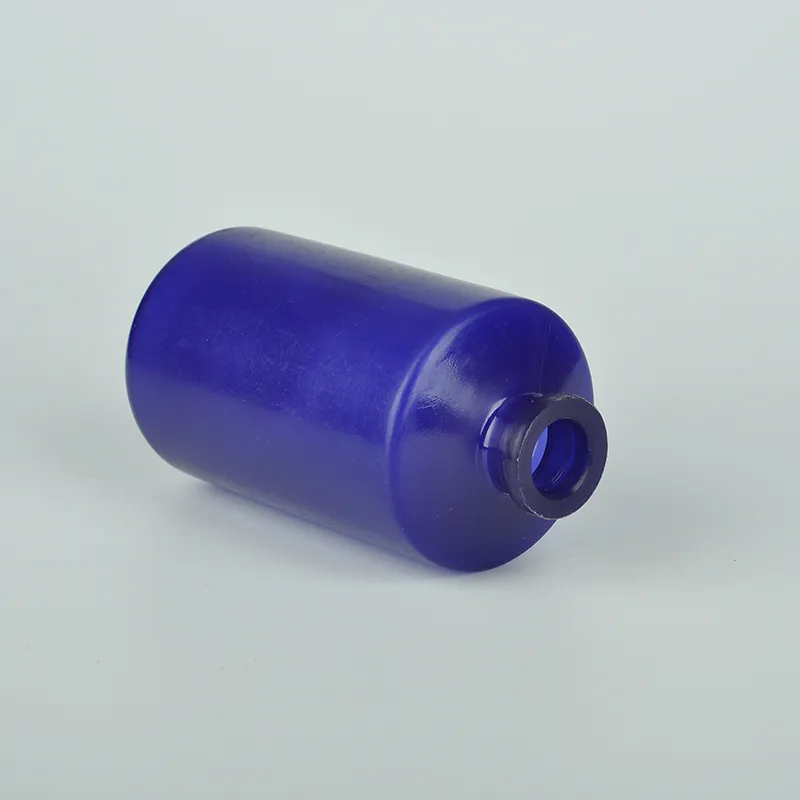Understanding the Benefits and Applications of Disposable Scintillation Vials in Modern Laboratories
The Importance of Disposable Scintillation Vials in Scientific Research
Scintillation vials play a vital role in a variety of scientific applications, particularly in nuclear chemistry, radiopharmaceuticals, and environmental monitoring. Among the different types of scintillation vials available, disposable scintillation vials have emerged as a preferred choice for many laboratories due to their convenience, safety, and reliability.
Scintillation vials are designed to hold samples for the detection of ionizing radiation. They contain a scintillation material that emits light when it interacts with radiation. This emitted light is then measured using a photomultiplier tube, allowing scientists to quantify the amount of radiation present in the sample. The integration of various scintillation materials with innovative vial designs significantly enhances detection sensitivity and accuracy, making it a crucial element in both qualitative and quantitative analyses.
One of the primary benefits of disposable scintillation vials is their convenience. Unlike reusable vials, which require thorough cleaning and decontamination after each use, disposable vials are designed for single-use applications. This reduces the risk of cross-contamination, ensuring that the integrity of each sample is maintained. Additionally, researchers can quickly switch between different samples without the lengthy process of washing and sterilizing vials, thus improving laboratory efficiency and productivity.
disposable scintillation vials

Safety is another critical factor that makes disposable scintillation vials an attractive option. Handling radioactive materials poses inherent risks, and the use of single-use vials minimizes these hazards. After conducting experiments, researchers can safely dispose of the vials without the need for complex waste management protocols associated with reusable vials. This practice minimizes the potential for human error, accidental exposure, and environmental contamination, aligning with best safety practices in laboratories handling radioactive substances.
Moreover, disposable scintillation vials cater to various research needs. They are available in different sizes and configurations, including those with clear or opaque materials to suit specific experimental requirements. Vials can be designed to accommodate different scintillation solvents, ensuring compatibility with a wide range of applications. This adaptability is especially beneficial in research scenarios where different isotopes or test conditions necessitate the use of various scintillation solutions.
The economic aspect of disposable scintillation vials cannot be overlooked. Although the initial cost may be higher than traditional reusable vials, the total cost of ownership can be significantly lower when considering the reduced labor associated with cleaning and sterilizing, along with diminished liability related to handling radioactive materials. Furthermore, many laboratories operate under strict budget constraints, making cost-effective solutions essential for sustainable research practices.
In conclusion, disposable scintillation vials are an indispensable component of modern scientific research. Their inherent advantages—such as convenience, safety, adaptability, and cost-effectiveness—have made them a popular choice for laboratories dealing with radioactive samples. As research continues to evolve, so too will the design and application of these vital tools, further cementing their position in the landscape of scientific discovery. Embracing the benefits of disposable scintillation vials can lead to better experimental outcomes and enhanced safety measures, ultimately contributing to the advancement of science in various fields.
-
Plastic Medicine Liquid Bottle: Secure Flip Top Drug VialsNewsAug.17,2025
-
Durable 250ml Blue Plastic Vaccine Vial for Lab & Vet UseNewsAug.16,2025
-
Sterile Virus Sample Tubes: Secure & Reliable Specimen CollectionNewsAug.15,2025
-
White 250ml Plastic Vaccine Vial for Lab & Vet MedicineNewsAug.14,2025
-
Premium Clear Plastic Vaccine Vials for Lab & Vet MedicineNewsAug.13,2025
-
Plastic Clear Vaccine Vials | Lab & Vet Liquid StorageNewsAug.12,2025
























